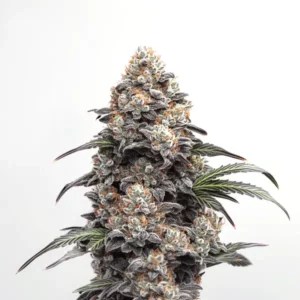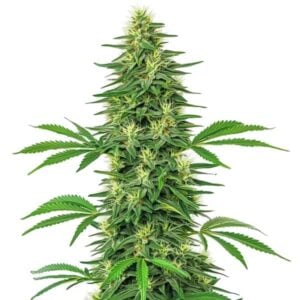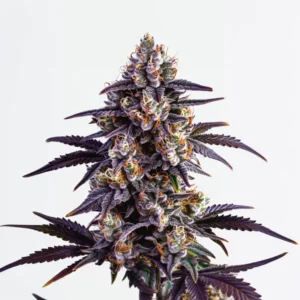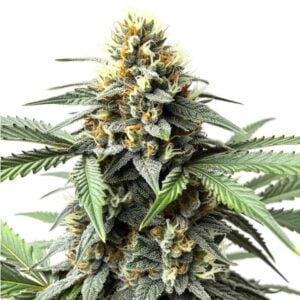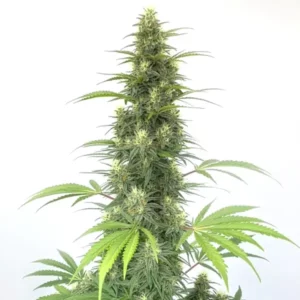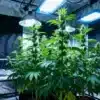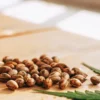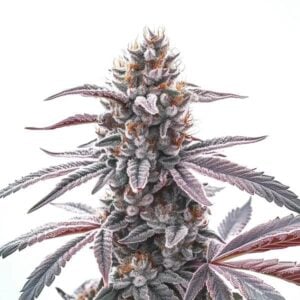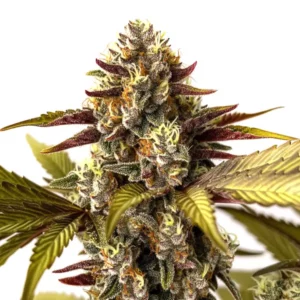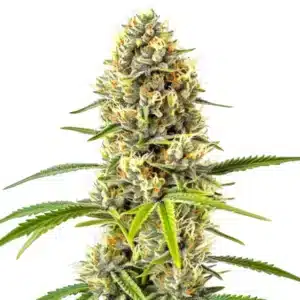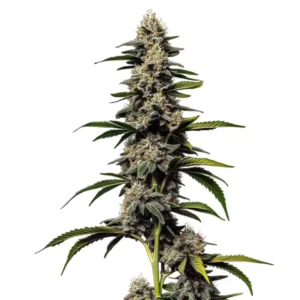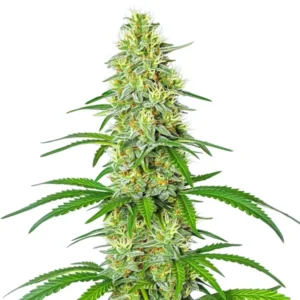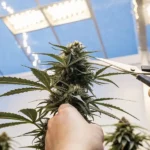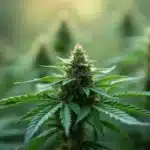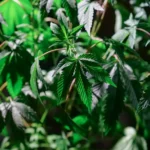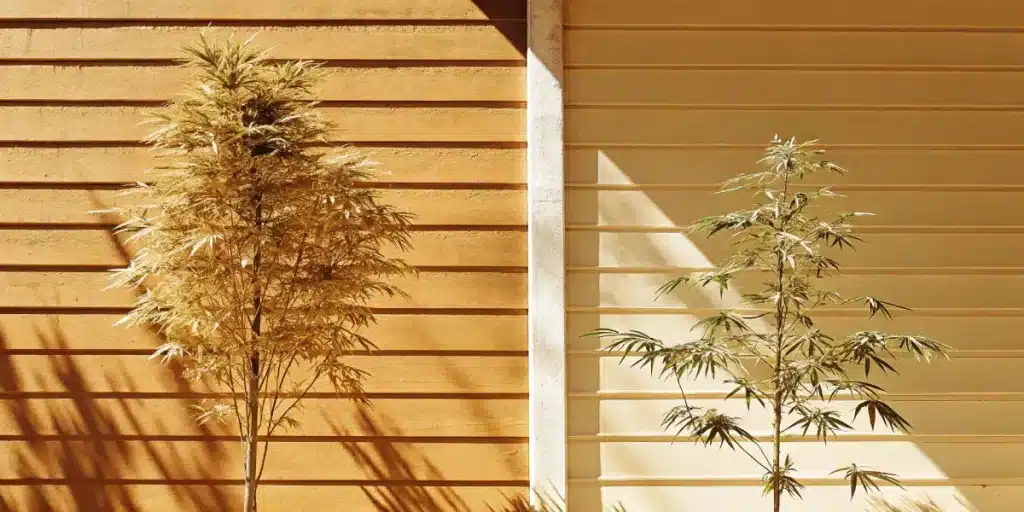
The Art of the Cut: A Grower’s Guide to Topping Cannabis Outdoors
A cannabis plant, left to its own devices in your garden, wants to grow like a Christmas tree. It will focus all its energy on one single, dominant main stalk that grows straight up, hogging all the sunlight and leaving the lower branches in the shade.
But we can do better. We can be smarter.
Recommended Strains
“Topping“ is the simple, powerful, and essential technique of strategically cutting off that main top. This forces the plant to stop growing up and start growing out. It’s how you transform that skinny Christmas tree into a massive, sprawling, and incredibly productive bush.
The “How-To”: A Simple, Safe Guide
The “When”: First, the golden rule of topping: you only ever top a plant that is in its vegetative stage. It needs to be healthy, strong, and actively growing. Never, ever top a plant that has already started to show its first flowers. Doing so will cause massive stress and will ruin your yield.
The “Cut”: The process itself is incredibly simple. Once your plant has developed at least four or five sets of healthy leaves (nodes), take a clean, sharp pair of sterilized scissors or a razor blade. Make a clean cut through the main stem, just above the next set of nodes down.
The “Result”: What happens next is a beautiful piece of plant biology. The plant will immediately stop sending growth hormones to that now-nonexistent top. Instead, it will redirect all that power into the two side shoots directly below your cut. These two shoots will then grow up and out, creating a perfect “V” shape. You have successfully turned one main cola into two. You can repeat this process as the plant grows to turn two colas into four, four into eight, and so on.
Promos & Deals
The After-Care: The Step Most People Forget
Now for the most important part, the step that separates the amateurs from the pros. You have just performed surgery on your plant. It is wounded, and it needs to recover properly.
1. Seal the Wound.
Right after you make the cut, it is an excellent practice to apply a small dab of plant sealant or pruning paste to the open wound. Think of it as a liquid bandage. It seals the fresh cut from the open air, which prevents oxygen from getting into the plant’s “veins” (which can cause a deadly embolism) and, crucially for outdoor grows, it blocks out pests and fungal spores.
2. Give It a Break.
And most importantly, give your plant time to heal. Don’t perform any other high-stress training, like heavy pruning or defoliation, for at least 15 days. Let the plant recover from the shock and put all its energy into healing that wound and developing its new main branches. Patience in this recovery phase will be rewarded with explosive new growth.
For an outdoor grower, the benefits of topping are a no-brainer. You create a wider, more manageable canopy, which means better sunlight penetration for all your lower bud sites and dramatically better airflow to help fight off the dreaded mold and mildew. It’s a fundamental technique to Cultivate a truly massive Homegrown harvest.

Frequently Asked Questions
What is “topping” a cannabis plant, in simple terms?
Topping is the simple act of cutting off the very top of the plant’s main stem. This forces the plant to stop growing upwards like a Christmas tree and instead split its energy into two new main branches, making it grow into a wider, bushier plant.
When is the right time to top my cannabis plant?
You must only top a plant when it is in its strong, healthy vegetative growth stage. Never top a plant once it has begun the flowering process, as this will cause severe stress and reduce your final yield.
What should I do immediately after I top my plant to help it recover?
Two things. First, it’s a great practice to apply a small amount of plant pruning sealant to the open cut to protect it from infection. Second, and most importantly, give the plant a break. Do not perform any other stressful training for at least two weeks to allow it to fully recover and redirect its energy.
Why is topping an especially good technique for outdoor grows?
Because it creates a wider, more open canopy instead of one single, dense central cola. This allows for much better sunlight penetration to the lower branches and dramatically improves airflow through the entire plant, which is your number one defense against the mold and mildew that can plague outdoor gardens.


